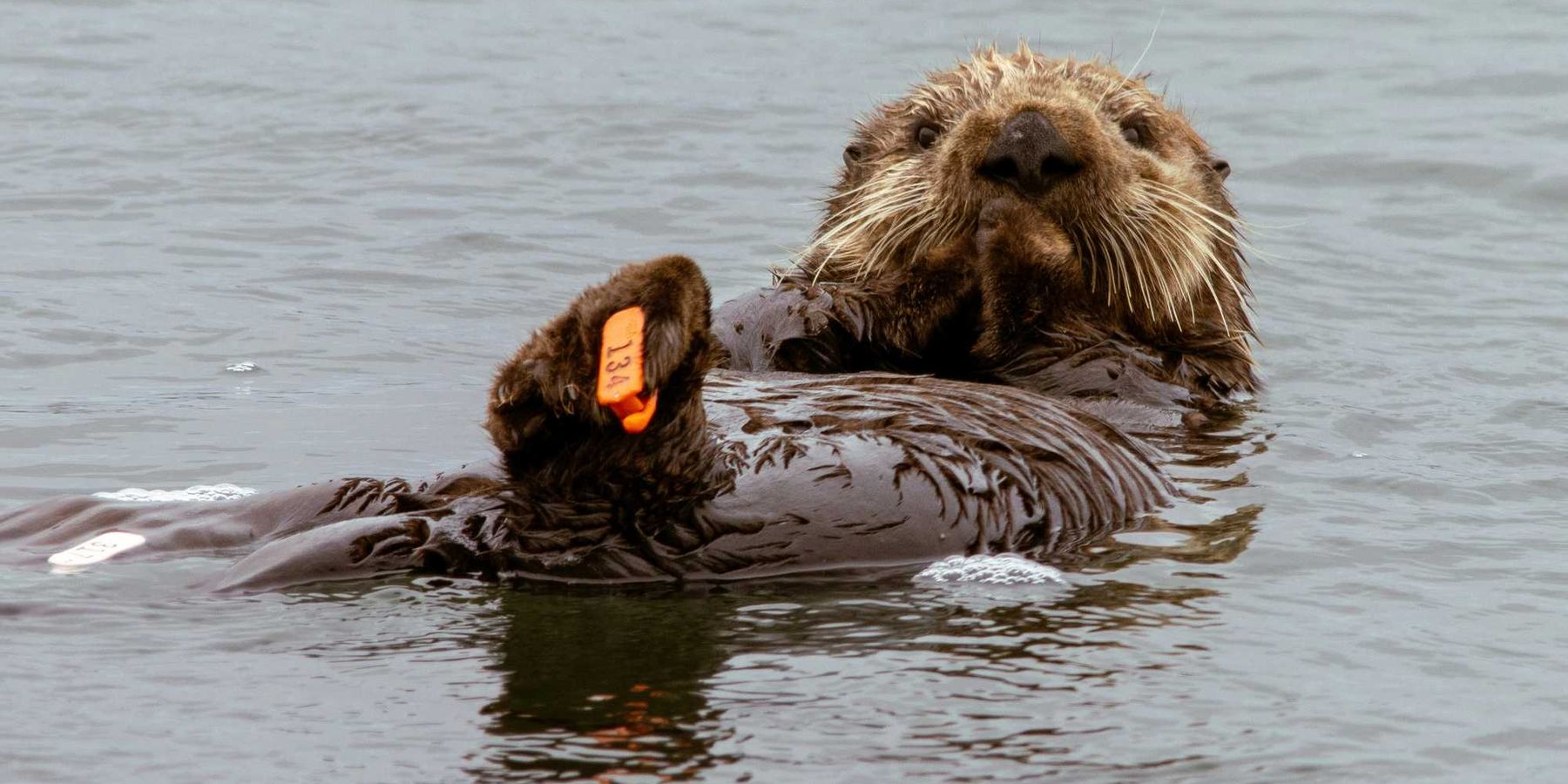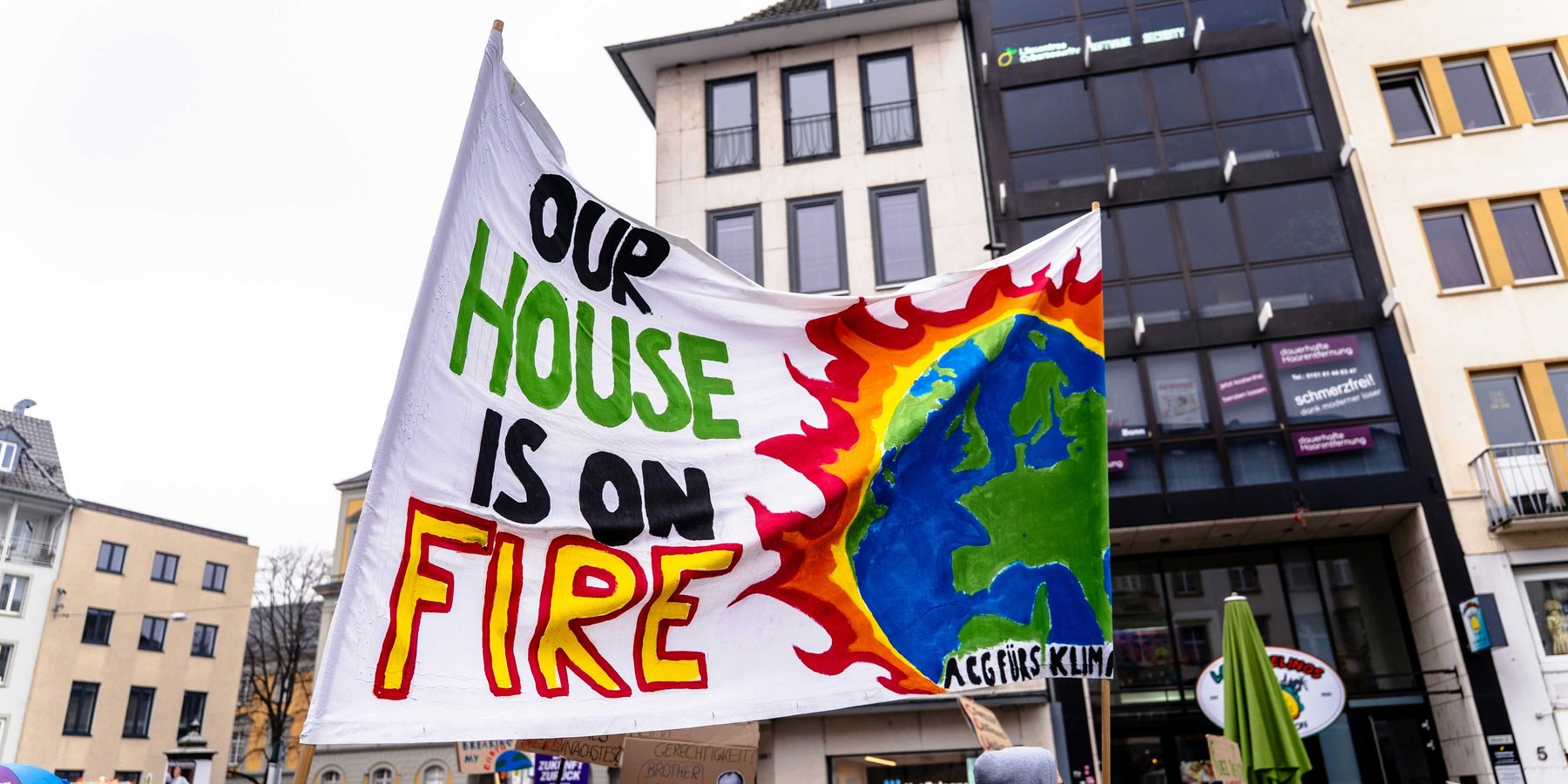Electric vehicles are helping Nepal clean up its deadly air
As Kathmandu fights to breathe through some of the world’s worst air pollution, Nepal’s rapid embrace of electric vehicles is bringing cleaner skies and contributing to greater longevity.
Pete Pattisson reports for The Guardian.
In short:
- Nepal now imports more electric passenger vehicles than gas-powered ones, a huge leap from just a few years ago, thanks to tax breaks, cheap electricity, and new financing options.
- Kathmandu’s deadly air pollution — caused in large part by vehicle emissions — contributes to nearly a fifth of the country’s deaths, and experts say reducing fine particles could add over two years to the average lifespan.
- While small EVs are booming, electric buses and trucks are slower to take off due to high costs, weak infrastructure, and a chaotic public transit system, though some co-ops and individuals are trying to change that.
Key quote:
“Motorists switching to EVs is an important part of getting towards cleaner skies and improved health.”
— David Sislen, World Bank country director for Nepal, Maldives, and Sri Lanka
Why this matters:
For years, Kathmandu's streets have doubled as corridors of toxic exhaust, with diesel-belching buses and cars choking the valley in a thick, gray soup. But now, something remarkable is happening. In a country better known for its Himalayan peaks than its tech revolutions, Nepal is pulling off an electric vehicle shift that’s putting many wealthier nations to shame.
Read more: The role of electric vehicles in the push for environmental justice













